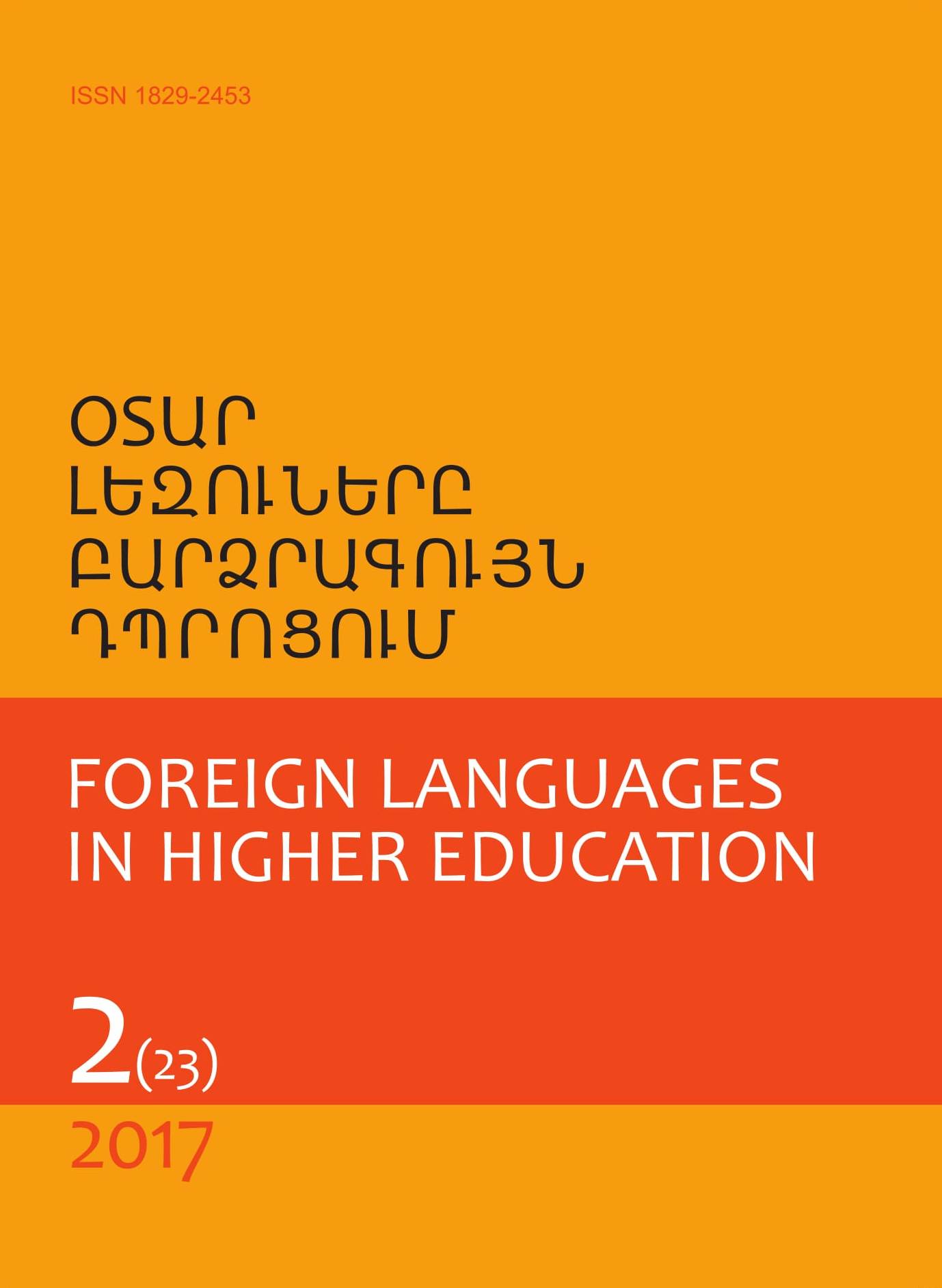LINGUOCOGNITIVE APPROACH TO TEACHING AND INTERPRETATION OF ARMENIAN GENOCIDE ISSUES
DOI:
https://doi.org/10.46991/FLHE/2017.21.2.213Keywords:
linguocognitive approach, philology and communication students, The Armenian Genocide, scientific study of languageAbstract
The aim of the paper is to provide with insights those young teachers who, in the course of their work, happen to participate in face-to-face discussions on various aspects of The Armenian Genocide with their philology, history and communication students. Very often the latter appear to interpret for foreigners, to share or exchange ideas with visitors who lack the knowledge of ‘The Armenian Genocide’. Students often have to deal with genocide documentation texts in English while translating, doing linguistic and statistic analyses and investigation. In the framework of the linguocognitive approach the text of non-fiction requires new and wider interpretation. The text which is regarded as a form of reflection of the knowledge about the world is viewed upon as a means of study of the existing knowledge and standpoints. Applying the linguocognitive approach to the texts with the common concept ‘The Armenian Genocide’ as the basic unit of the text will help both the teachers and philology and communication students to obtain thorough insights on the matter which will enable them to come up with fresh solutions to the teaching and interpreting the matter.
Downloads
Published
Issue
Section
License
Copyright (c) 2017 Author(s)

This work is licensed under a Creative Commons Attribution-NonCommercial 4.0 International License.




